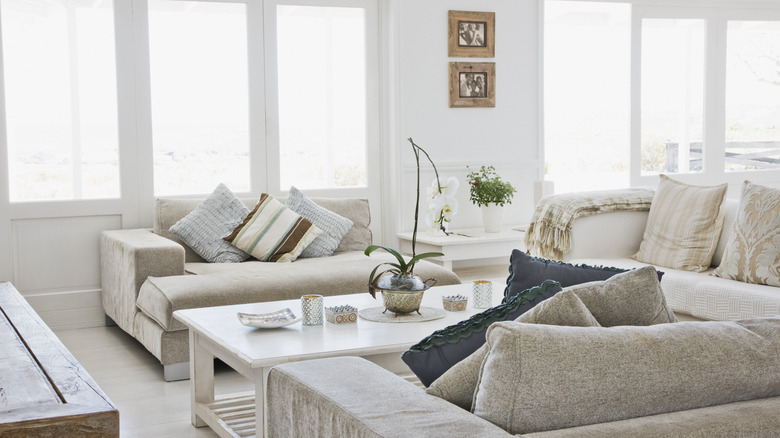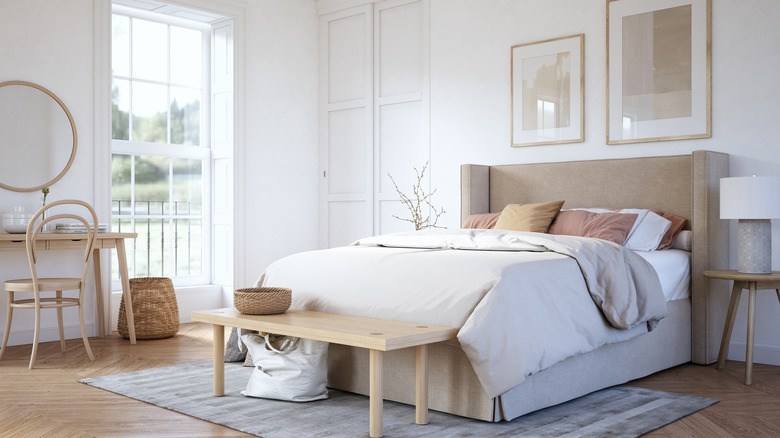What Is A Holistic Home And How Can You Accomplish It?
When it comes to decorating and designing, many people focus on paint colors, furniture layouts, and accent pieces. Another rising trend is creating a "holistic home." Those who have used this approach swear by it; however, it can be difficult to describe. Holistic, as a general definition, means seeing something as a whole rather than its individual parts. So, this method widens your lens to look at the bigger picture rather than individual projects and rooms.
Holistic homes are built and designed, with each space interacting and integrating with each other. Each element is also designed to be in harmony with the environment around it. And on a smaller scale, the design elements, furniture placement, and organization methods allow the space to flow together, creating balance and addressing the needs of those who live there. The key difference between this and other design approaches is the focus on overall wellness. However, this is a very open-ended approach to design, and it can be difficult to achieve without a guide.
One with the environment
An aspect of a holistic home is being in harmony with the surrounding environment. This is most easily done when building new construction; however, if you're planning a renovation, you can incorporate some elements of this approach. For example, window placement is a critical component of this design tactic.
Consider where sunlight hits and install windows accordingly. You may want more light in the living room and less in the bedrooms. Placing windows in the best location for views or reducing heat loss makes your home one with the environment. Similarly, you can bring in some natural elements, such as plants, flowers, and water, to create living spaces that embrace an environmentally holistic space. The furniture position is also important for this system. Placing furniture so that your back doesn't face the door, such as beds and sofas, helps create conversation and aids in relaxation. It's also important to consider how you want the space to be used and place furniture in a way that reflects those needs, even if it may seem unconventional.
Functional and a homey feeling
Functionality is another tenet of holistic homes. Approach the design and layout in a way that makes sense for how you use each space. Consider the way you move through the house and the paths you take across a room, and place furniture accordingly. Also, choose a layout that allows you to move easily to other areas that won't have you winding through a maze. Designing with function in mind can ensure that you won't purchase unnecessary items that will obstruct the function of your residence.
Another aspect is creating a space that makes you feel most relaxed and happy. While interior designers will often suggest calming shades of blue and green, this approach encourages you to choose the colors and materials that make you the happiest in your home. So if bright colors, whimsical décor, or modern neutrals are your happy place, go for it. Holistic design is all about what makes sense for you.


